- Home
- Articles
- Architectural Portfolio
- Architectral Presentation
- Inspirational Stories
- Architecture News
- Visualization
- BIM Industry
- Facade Design
- Parametric Design
- Career
- Landscape Architecture
- Construction
- Artificial Intelligence
- Sketching
- Design Softwares
- Diagrams
- Writing
- Architectural Tips
- Sustainability
- Courses
- Concept
- Technology
- History & Heritage
- Future of Architecture
- Guides & How-To
- Art & Culture
- Projects
- Interior Design
- Competitions
- Jobs
- Store
- Tools
- More
- Home
- Articles
- Architectural Portfolio
- Architectral Presentation
- Inspirational Stories
- Architecture News
- Visualization
- BIM Industry
- Facade Design
- Parametric Design
- Career
- Landscape Architecture
- Construction
- Artificial Intelligence
- Sketching
- Design Softwares
- Diagrams
- Writing
- Architectural Tips
- Sustainability
- Courses
- Concept
- Technology
- History & Heritage
- Future of Architecture
- Guides & How-To
- Art & Culture
- Projects
- Interior Design
- Competitions
- Jobs
- Store
- Tools
- More
Miami Architecture: From Art Deco to Ultra Modern

Miami, celebrated for its vibrant culture and sun-kissed beaches, also boasts a remarkable tapestry of architectural styles that mirror its storied past and global inspirations. In a fusion of Art Deco, Mediterranean Revival, and contemporary designs, the buildings in Miami create a unique and diverse architectural landscape.
If you want to learn more about the various architectural styles of Florida’s Magic City, check out the article below and discover the unique character of this vibrant urban landscape.
Table of Contents
ToggleArt Deco
Originating in 1920s France, Art Deco is an architectural style that effortlessly captures the essence of Miami’s bygone era. The style made a mark on Miami’s landscape in the 1930s but left a lasting impression.
As you stroll along the iconic Ocean Drive in South Beach, you’ll be transported back in time by pastel-hued facades adorned with geometric shapes, intricate motifs, and neon accents. These beautiful buildings made out of stucco, terrazzo, and glass, illuminated by neon lighting, are reminiscent of the Jazz Age and the opulent parties of the Great Gatsby era.
Among the most iconic examples of this architectural style, you’ll find the Essex House Hotel and The Carlyle, standing as living testaments to Miami’s Art Deco legacy. These historic landmarks not only reflect the city’s architectural heritage but also continue to be vibrant hubs of culture and hospitality in the modern era.
Mediterranean Revival
Exploring Miami’s rich architectural tapestry, we come across the graceful influence of Mediterranean Revival. This design ethos, which blossomed in the 1920s, finds its roots in Mediterranean and Spanish architectural traditions.
As you wander through Miami’s vibrant neighborhoods, notably the enchanting Coral Gables and Miami Beach districts, you’ll be transported to another era. Here, the landscape is graced with buildings boasting terra-cotta tiles, elegant arches, and verdant courtyards.
These architectural treasures, crafted from stucco, wrought iron, and clay roof tiles, effortlessly blend the charm of the past with the allure of the present, evoking the timeless appeal of Mediterranean coastal towns.
The Olympia Theatre and the Freedom Tower are among the most popular examples of Mediterranean Revival architecture in Miami. These landmarks symbolize the city’s architectural heritage while also being vibrant cultural and hospitality hubs, seamlessly bridging history and contemporary charm.

Miami Modern (MiMo)
Venturing into Miami’s diverse architectural panorama, we encounter the vibrant spirit of Miami Modern, or MiMo for short. This architectural movement, which flourished in the mid-20th century, drew inspiration from the Space Age and the glamor of post-war Miami.
Notably present at the iconic Miami Modern Historic District, these buildings boast bold lines, playful curves, and a touch of whimsical charm. The liberal use of glass, concrete, and colorful tiles creates a distinct visual identity that captures the exuberance of the era.
These architectural marvels, characterized by their sleek, futuristic designs and porthole windows, seamlessly merge the past with the present, paying homage to Miami’s optimistic post-war spirit. The Fontainebleau Miami Beach and the Eden Roc Hotel stand as quintessential examples of MiMo architecture, embodying the city’s architectural legacy.
Contemporary
In the diverse tapestry of Miami’s architectural styles, Contemporary stands as a beacon of modernity and innovation.
Originating in the mid-20th century, Contemporary architecture is a reflection of the city’s present and future, characterized by bold and innovative designs, a strong commitment to sustainability, and an unwavering focus on maximizing natural light and breathtaking views.
Contemporary architecture draws influence from various sources, including the Bauhaus movement’s simplicity and functionality and the mid-century modernist ethos of embracing new materials and technology.
Common materials used in Contemporary architecture include glass, steel, concrete, and sustainable elements. It’s known for its clean lines, open spaces, and a seamless blend between indoor and outdoor living. These design principles perfectly complement the modern and sustainable lifestyle embraced by residents of Brickell Miami condos.
Other Architectural Styles in Miami
Beyond these dominant styles, Miami’s architectural landscape features a captivating array of influences:
Bungalow
These cozy and comfortable single-story homes feature overhanging eaves and front porches. In neighborhoods like Coconut Grove, you’ll discover well-preserved bungalows that offer a glimpse into Miami’s architectural past.
Frame Vernacular
Functional and charming, frame vernacular structures are simple wooden homes that were common in the late 19th and early 20th centuries, especially in neighborhoods like Lemon City.
Stone Vernacular
Though rare, stone vernacular architecture with its rustic elegance can still be found in older parts of Miami, like the historic Shenandoah neighborhood.
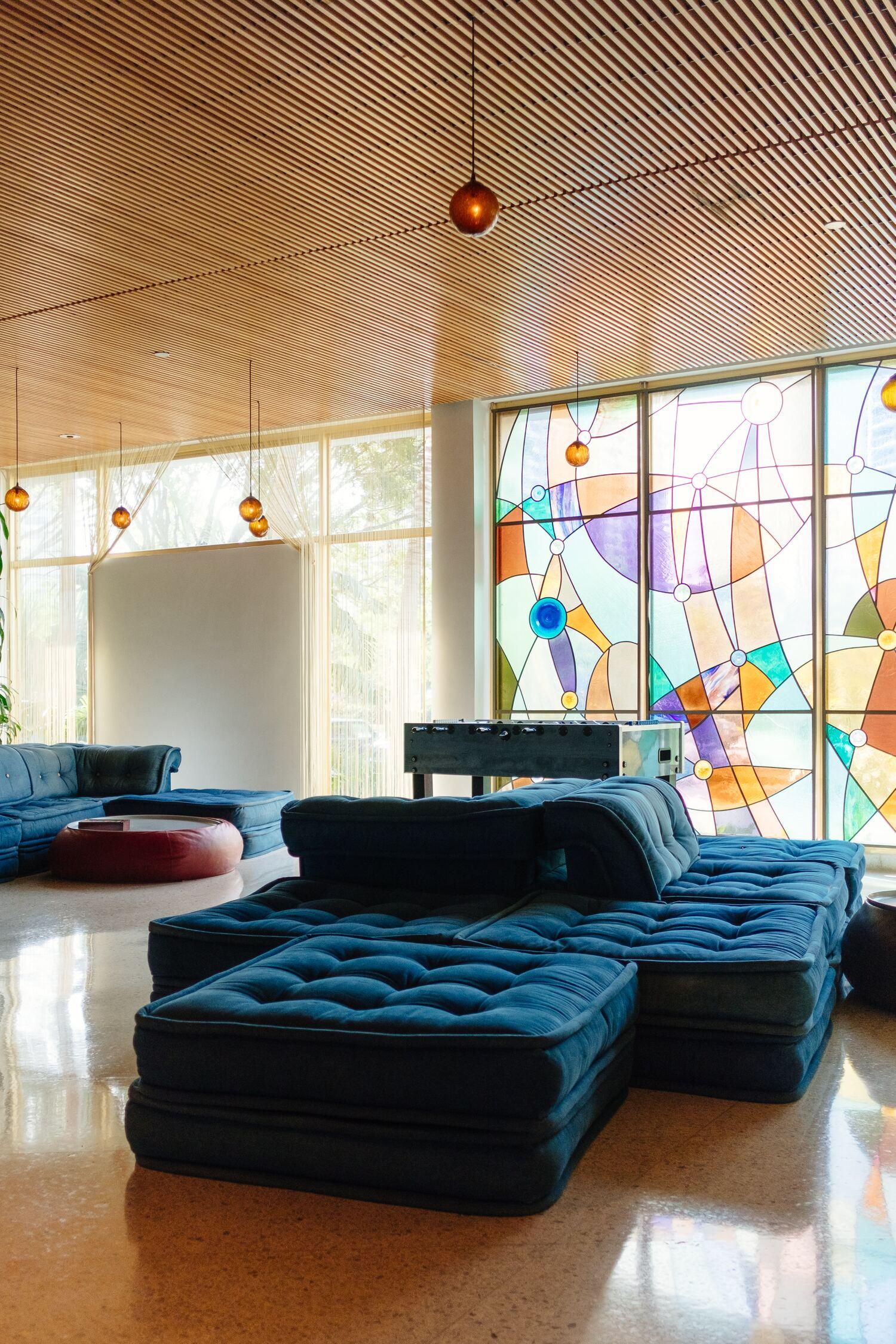
Neoclassical
This timeless style evokes classical Greek and Roman architecture, with columns, pediments, and symmetry. Coral Gables, with its historic neighborhoods, showcases Neoclassical elements, like the Gusman Center for the Performing Arts.
Streamline Modern
Streamline Modern buildings, with their sleek, aerodynamic designs, epitomize the optimism of the 1930s and 1940s. You can spot these structures along Miami’s coastlines, with their curved forms and nautical-inspired aesthetics.
Mission
Mission-style architecture in Miami pays homage to the Spanish missions of the American Southwest, featuring stucco exteriors, red-tiled roofs, and arched doorways. Coral Gables, with its Mediterranean Revival heritage, also includes Mission-style elements.
Bahamian or Conch
Influenced by the Bahamas and the Florida Keys, Bahamian or Conch architecture showcases wooden structures on stilts, wraparound porches, and vibrant pastel colors. You’ll find these charming homes in neighborhoods like Coconut Grove and Key Biscayne.
Tropical Modern
Combining modern design with a tropical sensibility, Tropical Modern architecture emphasizes seamless indoor-outdoor living. Materials like natural stone, wood, and glass create a harmonious blend with the lush Miami landscape.
Ultra-Modern
Representing the cutting edge of design, ultra-modern buildings in Miami push boundaries with their sleek lines, extensive use of glass, and sustainable technologies. Examples like the Aria on the Bay by Arquitectonica redefine urban living.
The Bottom Line
In Miami, every corner tells a story through its architecture, a story of the past, a vision of the future, and a celebration of diverse influences. As you explore the city’s streets, take a moment to appreciate the buildings that make Miami not just a beautiful destination but also a captivating journey through architectural history.
illustrarch is your daily dose of architecture. Leading community designed for all lovers of illustration and #drawing.
Submit your architectural projects
Follow these steps for submission your project. Submission FormLatest Posts
Are Organic Bamboo Sheets Worth the Investment?
When it comes to getting a good night’s sleep, the quality of...
Converting Garages to Living Spaces: Structural Changes That Require Professional Engineering
When considering a garage conversion to extend your home’s living space, understanding...
A Beginner’s Guide to Architectural Details
Architectural details explained for beginners: clear terms, key joints, proportions, climate-smart specs,...
5 Must-Visit Structures by Norman Foster
Explore five must-visit structures by Norman Foster, showcasing iconic works that combine...





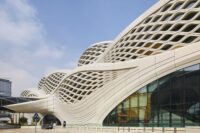



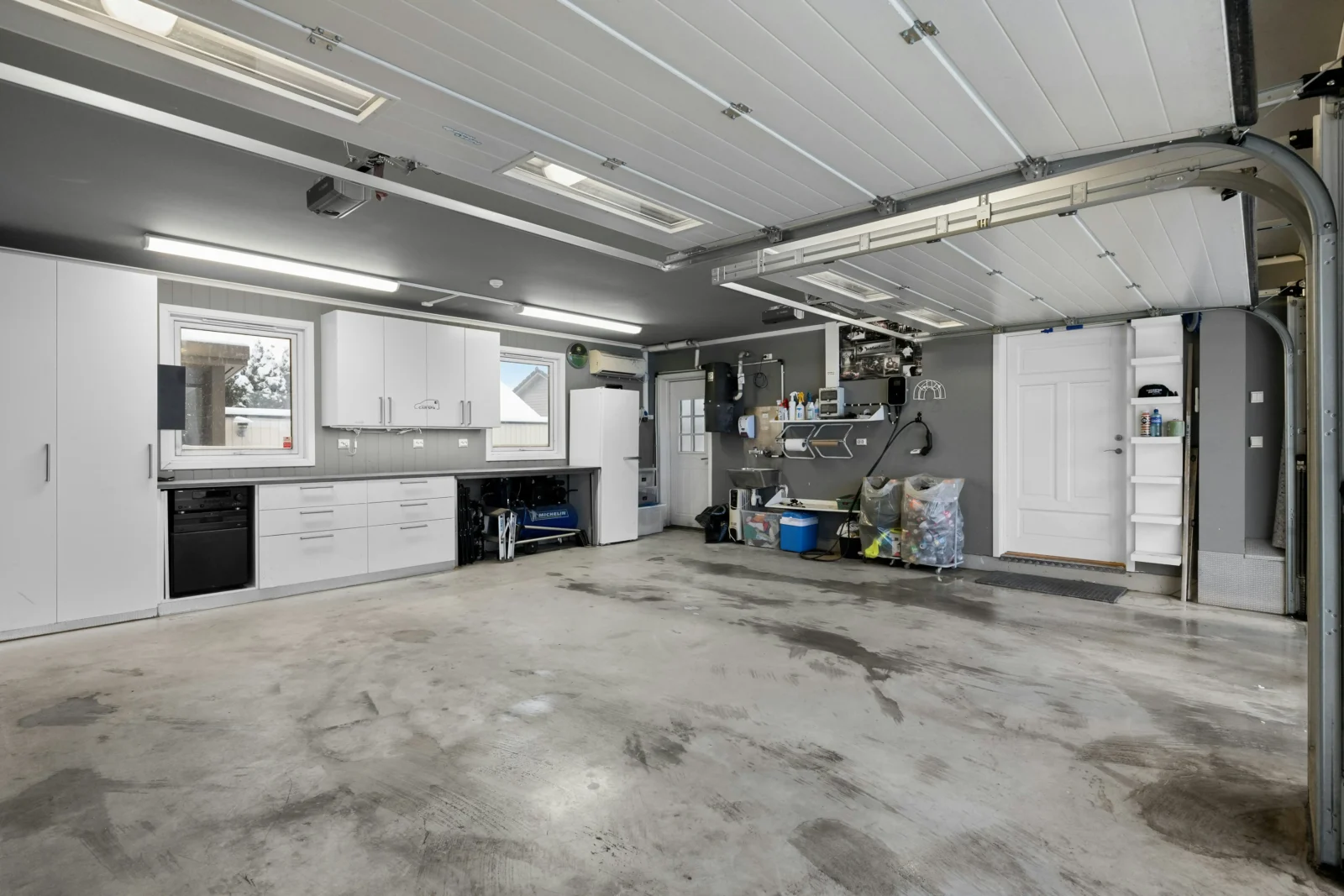
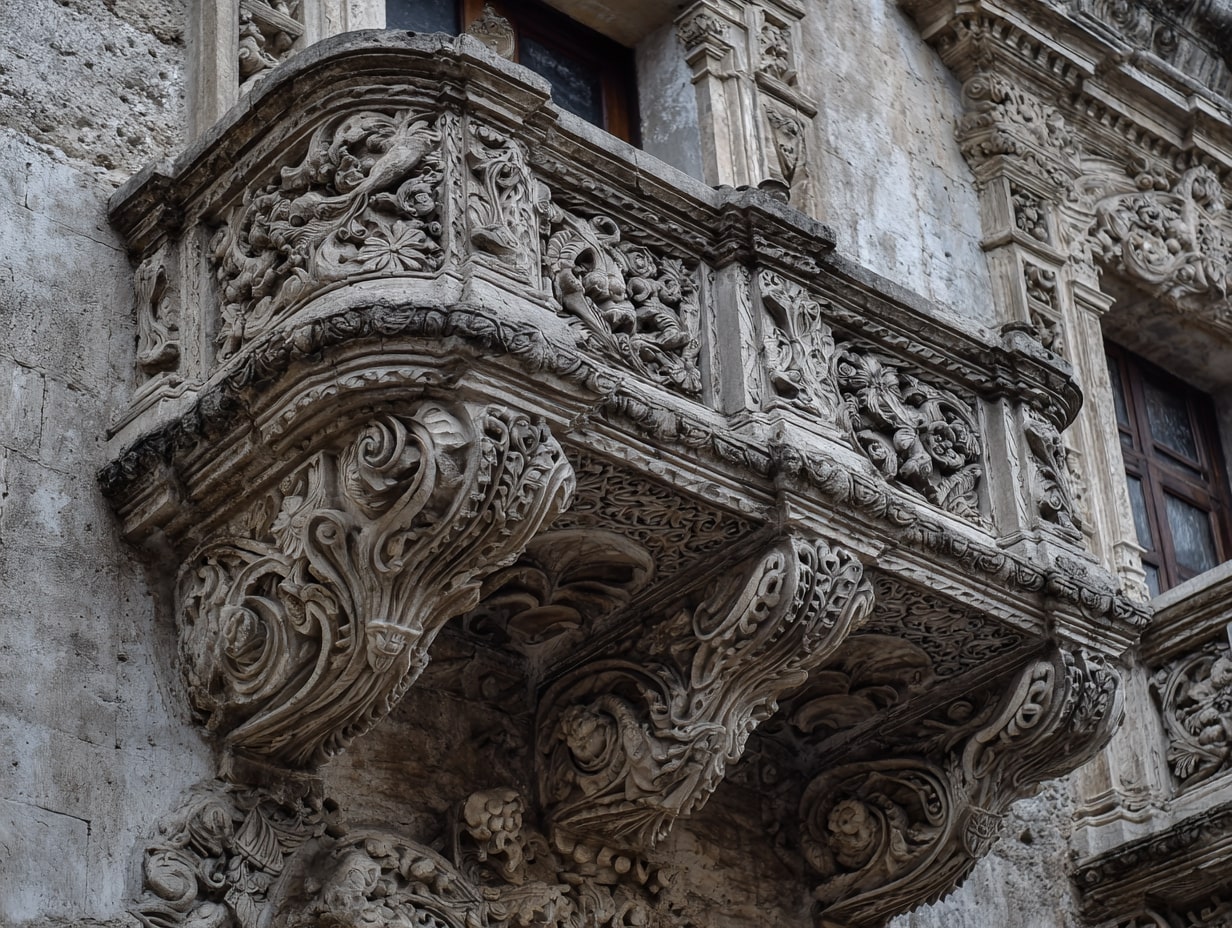
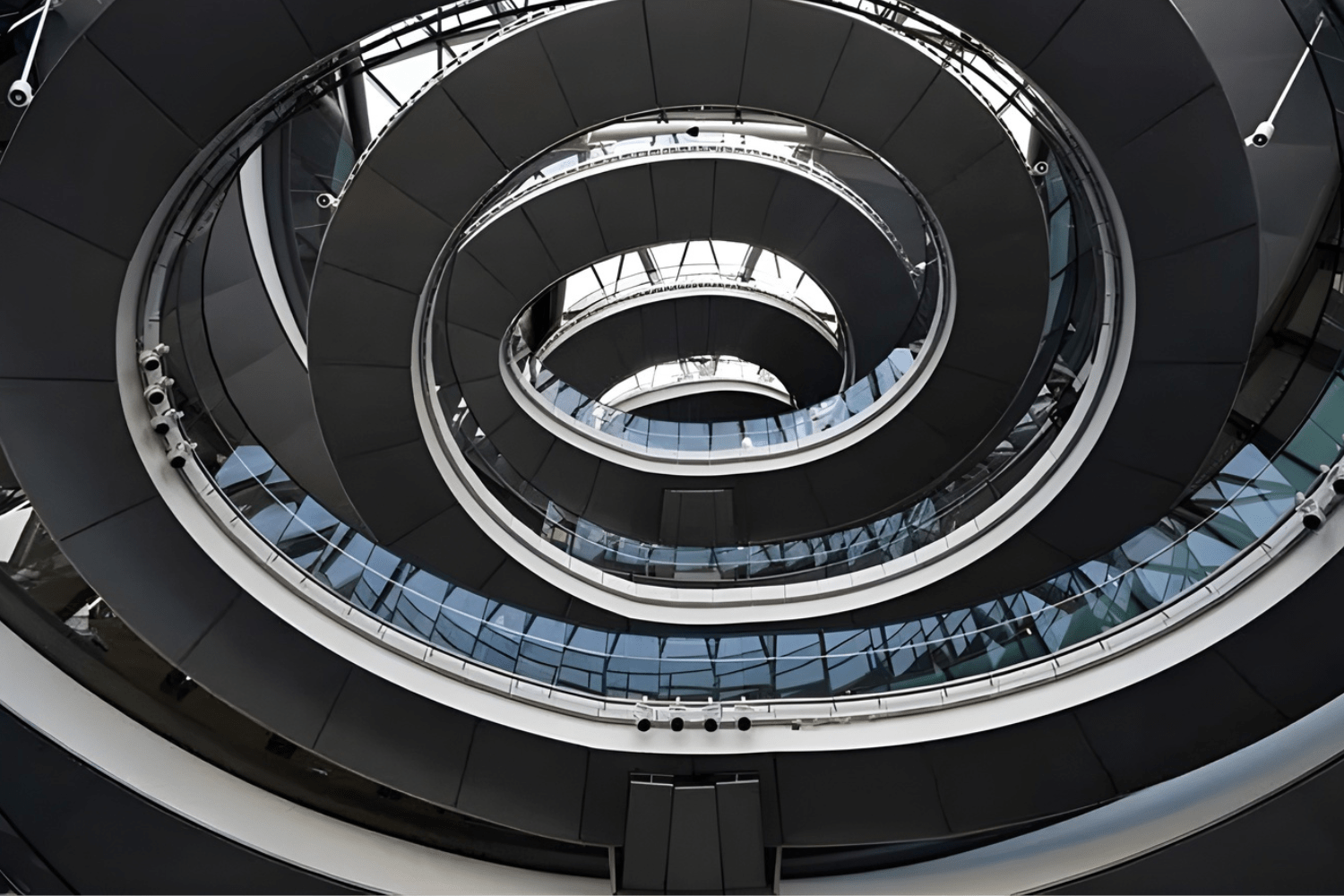
Leave a comment